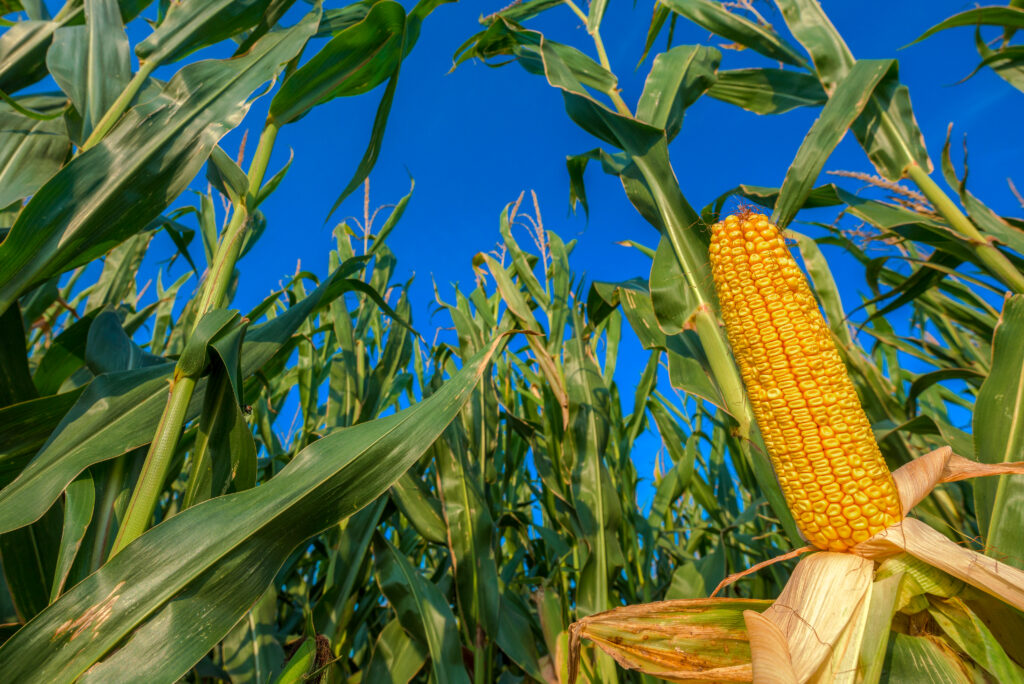Summary of Metabolomic Responses of Maize Shoots and Roots Elicited by Combinatorial Seed Treatments With Microbial and Non-microbial Biostimulants
Maize Metabolomic Responses to Biostimulant: Effects on Growth and Metabolism
Introduction to Biostimulant Effects in Maize
Plant biostimulants, both microbial and non-microbial, are increasingly applied to enhance crop productivity sustainably. Although their exact mechanisms remain partially unknown, maize responses to biostimulant treatments provide insights into underlying metabolic changes. This study examined maize leaves and roots following seed treatments with (i) a consortium of beneficial fungi—arbuscular mycorrhizal fungi (AMF) and Trichoderma koningii TK7—and rhizobacteria, (ii) a protein hydrolyzate (PH), or (iii) PH combined with Trichoderma and rhizobacteria.
Impact on Maize Growth
The treatments significantly influenced growth. Specifically, PH alone or combined with Trichoderma increased shoot biomass by 16.6%, whereas AMF + Trichoderma enhanced root biomass by 48% compared to untreated plants. These results indicate that different biostimulant formulations trigger distinct morpho-physiological responses in maize.
Metabolomic Patterns in Treated Maize
Distinct metabolic profiles were observed across treatments. PH-based applications induced stronger secondary metabolism, particularly phenylpropanoids and terpenes, while microorganisms alone showed contrasting trends. Consequently, these maize metabolomic responses reveal how secondary metabolites mediate adaptation to biostimulant treatments.
Mechanistic Insights
The growth improvements appear linked to two main processes: modulation of the phytohormone interaction network and enhanced nitrogen use efficiency via the GS-GOGAT system. Moreover, the combination of PH and microorganisms produced additive effects, suggesting synergistic metabolic reprogramming.
Conclusion and Implications
In conclusion, understanding maize responses to biostimulant treatments can guide targeted strategies for sustainable cultivation. By combining metabolomic insights with growth data, farmers and researchers can optimize the use of biostimulants to increase productivity while reducing environmental impact.
Publication: Frontiers in Plant Science









